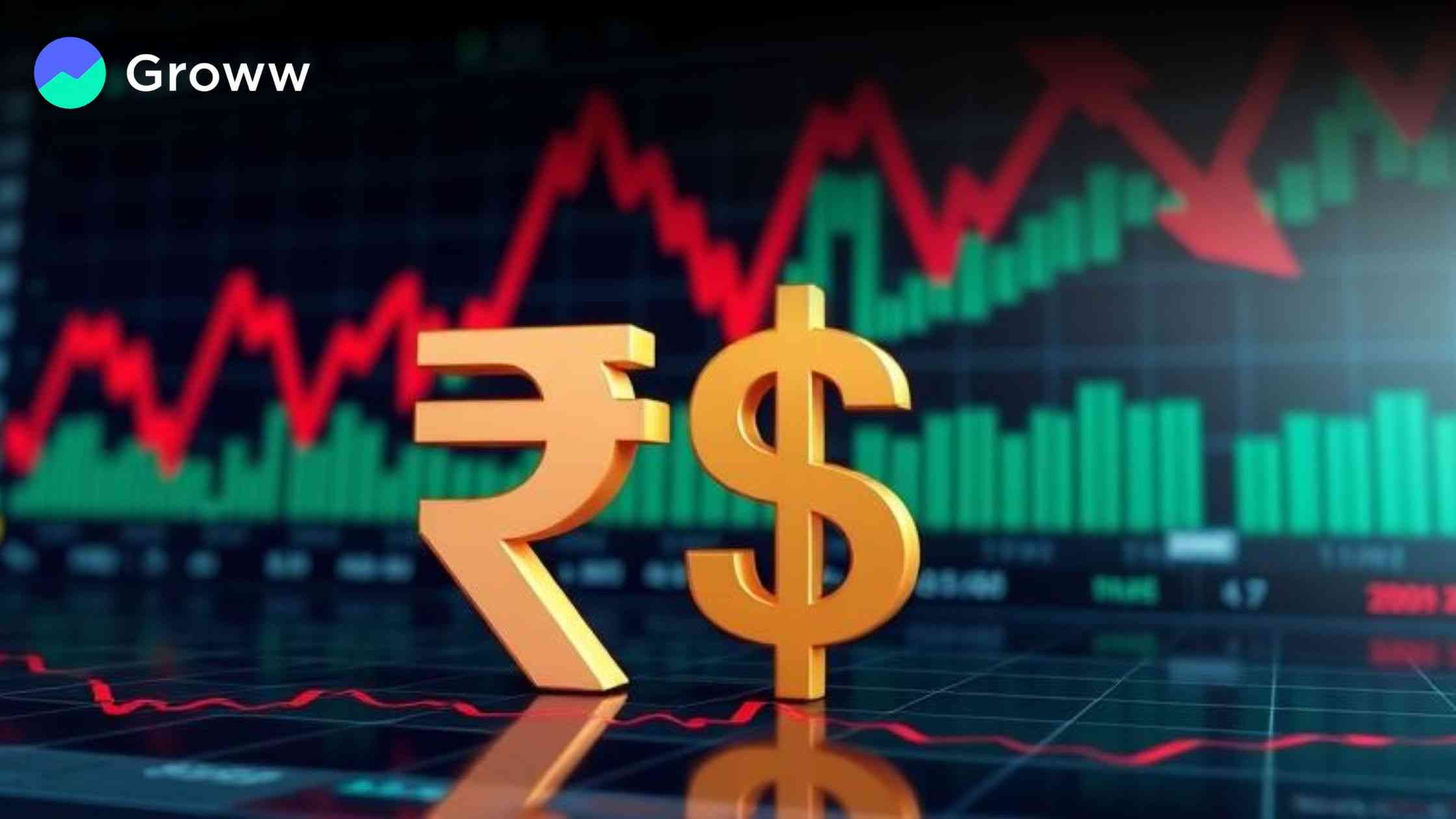Rupee v/s Dollar: Rupee falls 5 Paise to ₹87.11 against the US Dollar

The Indian Rupee opened in green on Thursday and broke the trend by ending in red against US Dollar. At the interbank foreign exchange, the local currency depreciated by 5 paise to ₹87.11 against the greenback. This movement exemplifies the fine balance of all the various variables at play impacting the currency markets, where global tailwinds were ultimately eclipsed by domestically driven market forces.
Short Lived Gains on Global Cues, Liquidity Push by RBI
The trading day opened on a positive note for the Rupee, which opened stronger at a level of ₹ 86.96 per dollar and touched ₹86.88 briefly. That early buoyancy was attributed to a mix of global and local factors. The US decision to delay implementing higher tariffs on imports from Canada and Mexico offered a positive background, forex traders said. Also providing support to the domestic unit was the Reserve Bank of India's (RBI) decision to pump out ₹1.9 trillion of liquidity into the banking system. This liquidity infusion is set to take place through open market purchases of government securities and USD/INR swaps throughout the month, following the previous USD 10 billion dollar-rupee swap carried out on February 28th, as a measure to shore up long-term liquidity.
Domestic Market Volatility, Foreign Fund Outflow Undoes Gains
But the Rupee’s rise was short-lived. The currency then faced selling pressure that erased earlier gains. Market analysts cited volatility in domestic equity markets as a major factor weighing down sentiment. Moreover, local currency's pressure downward increased due to an outflow of foreign funds. Net-net, foreign institutional investors (FII) sold ₹2,895.04 crore worth of equities on Wednesday, as per data from stock exchange sources. Capital flight like this weakens the home currency.
Broader Economic Indicators tells a Mixed Story
On the wider topic of the economy, the dollar index, which measures the strength of the US dollar against a basket of six currencies, was trading marginally higher by 0.05 per cent at 104.30. In commodity markets, Brent crude, the global oil price benchmark, price, inching up 0.58 per cent but trading at a much lower level of $69.70 per barrel in futures trade. The local equity markets mimicked the mixed performance of the rupee, with the Bombay Stock Exchange's 30-share Sensex trading at 73,709.70 points, down by 20.53 points or 0.03 per cent, and the Nifty composite index also lower by 10.75 points or 0.05 per cent at 22,326.55 points. On the upside, a monthly survey showed India’s services sector activity grew at its fastest pace in eight months in February, boosted by stronger domestic and overseas demand, resulting in faster output expansion and a substantial increase in jobs. The index, known as the HSBC India Services PMI Business Activity Index, rose to 59.0 in February from 56.5 in January, signalling a strong pace of expansion.
Conclusion
Ultimately, the rupee began the day strong on Thursday, 6th March 2025, with positive global cues and a liquidity push by the RBI. However, these gains have been eclipsed by the challenges resulting from volatile domestic equity markets and persistent foreign fund outflows, which have resulted to a depreciation in rupee against US dollar. As such, the interplay of these various factors highlights the responsiveness of the currency markets to both global and local economic developments.
Disclaimer: This is not a recommendation to buy or sell a stock.
To read the RA disclaimer, please click here